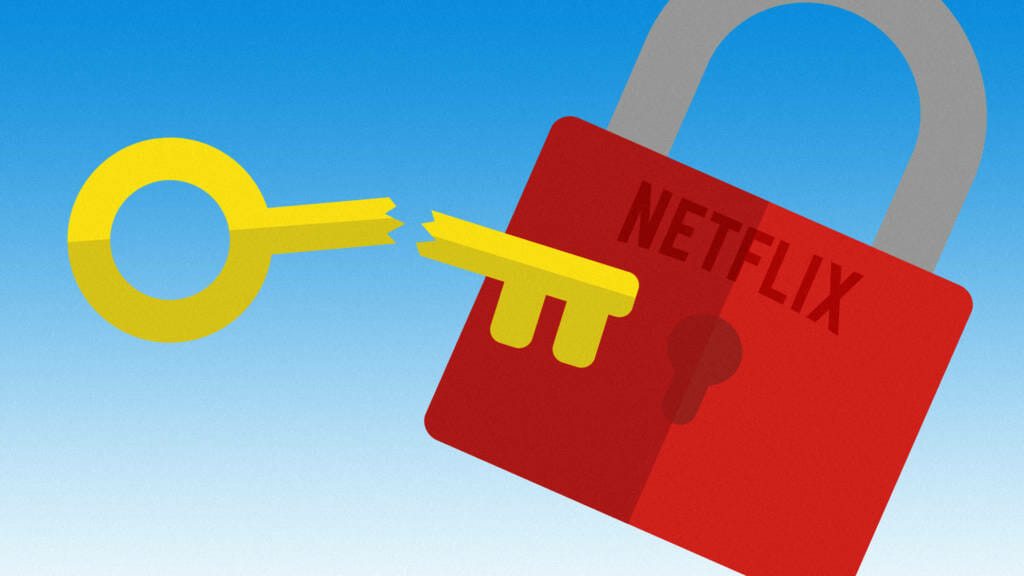Netflix costs TV networks between $3 billion and $6 billion per year by luring viewers away from ad-supported programming, according to new estimates.
OTT multiscreen media analysis company nScreenMedia calculates that the average US Netflix subscriber misses out on seeing 35 ads per day. With over 125 million hours of Netflix programming viewed per day, that ads up to nearly two billion ads that otherwise could have been watched on network television.
Primetime—typically between 8:00 p.m. until 11:00 p.m. in the US—is when networks are losing the most ad revenue. Assuming each ad is 30 seconds in length, the average Netflix viewer in the US misses 5,753 TV ads during primetime and 7,032 in non-primetime viewing, nScreenMedia alleges.
Based on recent ad CPMs, nScreenMedia suggests the value of these missed ad views is $139 per year per subscriber or $7.6 billion for all subscribers. Granted, this assumes every viewer would have watched every ad in its entirety and wouldn’t have been watching premium networks like HBO instead.
Taking into account the possibility of ad skipping and premium networks, lost revenue drops to about $6 billion per year.
NscreenMedia’s estimates may not be far off. In 2017, TV ad sales fell 7.8 percent—roughly $5 billion—to $61.8 billion according to Magna Global. Ad sales at cable networks also declined for the first time in nearly a decade.
It’s not just the idea of cord cutting that has networks understandably worried, but the age group that is leaving. Viewership of all four broadcast networks slipped by more than 10 percent last year among people age 18-49.
OTT exclusives like Stranger Things and A Handmaid’s Tale offer subscribers “must-see TV” away from network and cable TV, as well.
One way to address this would be to offer addressable advertising, according to Turner CEO John Martin. Addressability allows homes to see different, targeted ads while watching the same TV channel at the same time.
“It’s about the consumer experience,” Martin said, speaking on a panel at CES 2018. “We have to drive the value of the advertising that is done in the midst of all of our content video.”
Martin said that network TV isn’t moving fast enough to offer addressable advertising, however, which is holding the entire industry back.
“My fear, and what makes me wake up with the sweats, is like when the industry finally figures out how to get full addressability, everybody’s going to be watching video on Hulu and Netflix,” said Martin.
Premium TV networks like HBO and ESPN now (or will soon) offer OTT services to meet rising demands and recover lost ad revenue.
HBO Now was launched in 2014 when broadband internet was not as widespread. It was a gamble that paid off. HBO Now has an estimated 3.5 million subscribers as of 2016.
“We put the lie to the idea that the pie couldn’t get bigger,” HBO’s CEO Richard Plepler said at a September event. “People felt that people would drop HBO . . . but we have had less than one percent cannibalization of our core business.”

